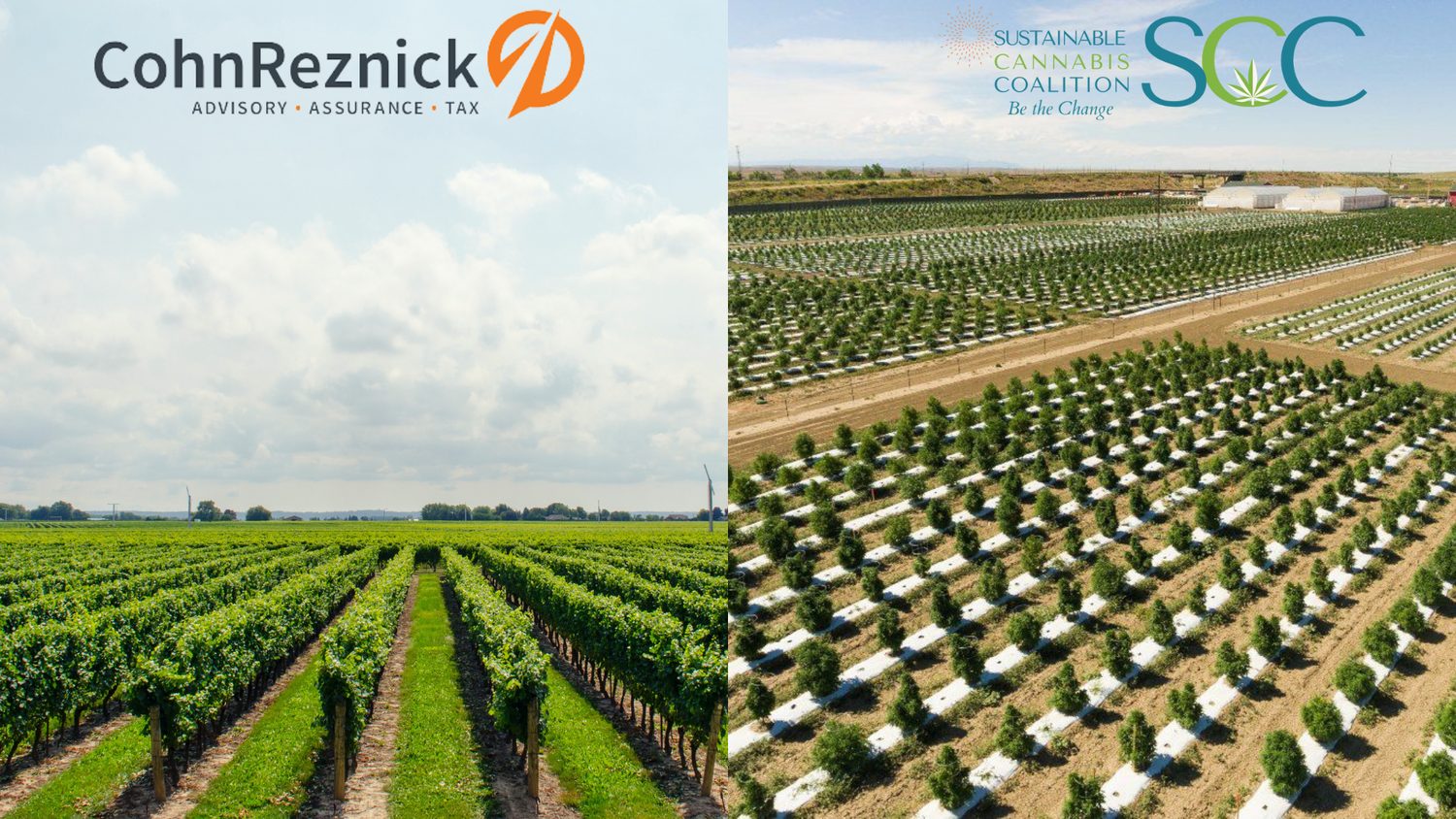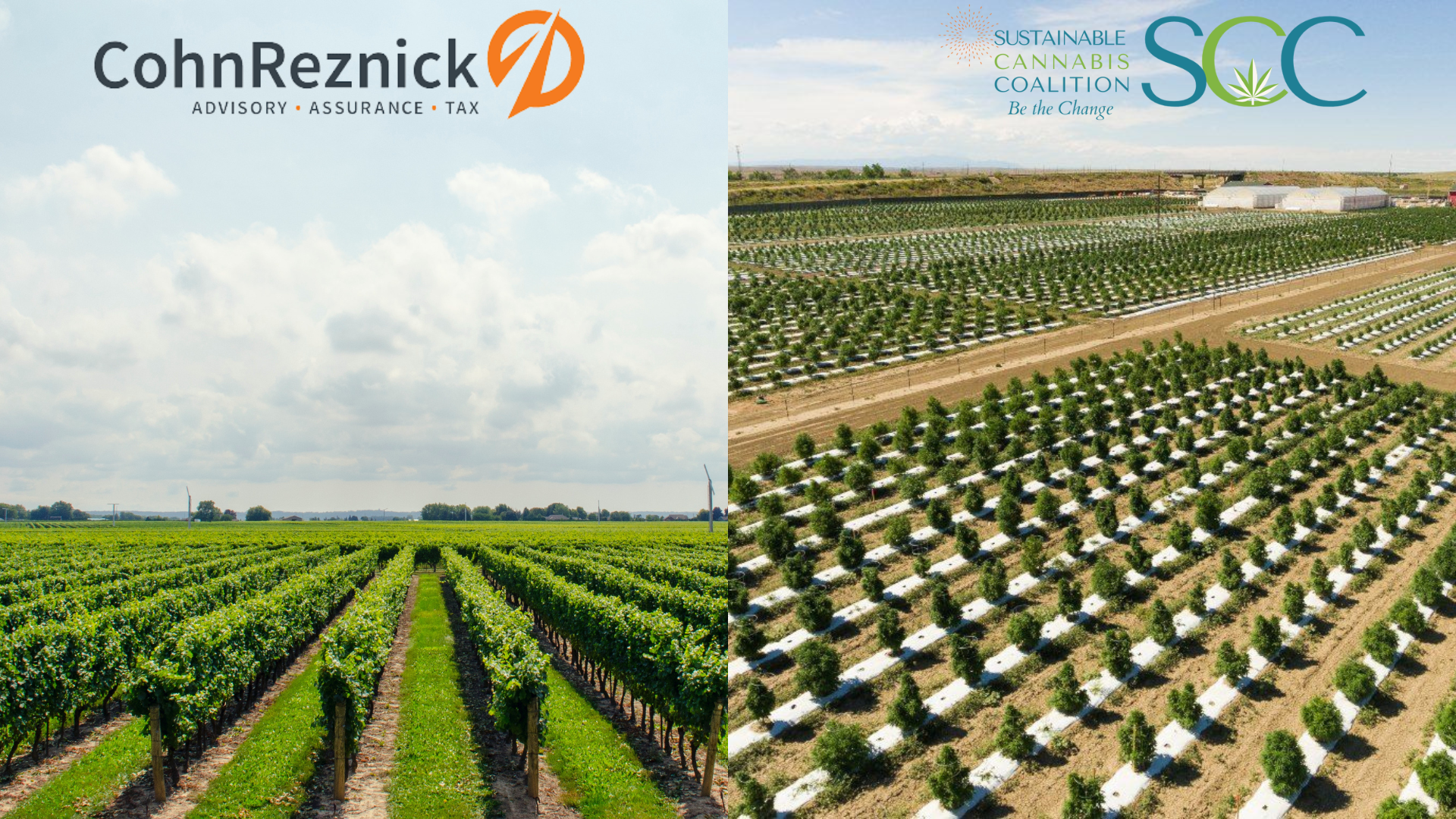
Key Takeaways:
- Establishing sustainability initiatives is crucial for cannabis brands to differentiate themselves in the market.
- Consumers prioritize sustainability and are willing to pay extra for sustainably produced products.
- The wine industry serves as a successful example of shifting focus toward sustainability.
- Cannabis operators can take steps to create value-driving sustainability initiatives.
In the fiercely competitive U.S. cannabis market, it has become imperative for brands to find ways to set themselves apart from the crowd. To secure a lasting presence on retail shelves and in the minds of consumers, cannabis producers, both large and small, must identify product differentiating factors. One such factor that holds immense potential is a strong emphasis on sustainability.
Today’s consumers are more discerning than ever before. They not only care about the origin of their purchases but also the production methods employed and the social and environmental values upheld by the brands they support. Sustainability has emerged as a key criterion for consumers when making purchasing decisions, and they have demonstrated a willingness to pay a premium for products that are sustainably produced. This trend is particularly prominent in the food and beverage industry, where a recent study by the International Food Information Council revealed that 39% of respondents across different age groups consider environmental sustainability when choosing products.
Drawing inspiration from the wine industry, which has successfully shifted its focus toward sustainable practices while satisfying consumer demand, cannabis operators can adopt three crucial steps to create sustainability initiatives that add value to their brands.
1. Understand Energy Utilization throughout Cultivation and Production
Unlike the wine industry, which primarily grows grapes outdoors, cannabis cultivators rely heavily on indoor grow facilities. These facilities must maintain a controlled environment to ensure optimal plant growth and high THC production, regardless of external temperature and humidity fluctuations. Achieving this requires a significant amount of energy, including high-intensity lighting, heating, HVAC units, fans, dehumidifiers, and CO2 generators.
Indoor cannabis grows are known to be substantial contributors to carbon emissions in the industry. A study published in the Nature Sustainability journal highlighted that growing just one ounce of cannabis indoors produces emissions equivalent to burning 7 to 16 gallons of gasoline, with variations depending on the local climate. Additionally, a peer-reviewed study in the Energy Policy journal estimated that the production of one kilogram of dried flower is associated with a staggering 4,600 kilograms of carbon dioxide emissions, equivalent to the emissions of 3 million typical U.S. cars.
The primary source of these emissions is electricity consumption to support indoor grow environments. Consequently, cannabis operators should conduct comprehensive energy audits of their facilities to identify energy-intensive areas and inefficient operating practices. Data collection is crucial in this process, allowing operators to pinpoint the specific drivers of power consumption and implement targeted solutions. Upgrading to energy-efficient lighting, HVAC systems, cultivation controls, and exploring renewable energy resources can significantly reduce carbon emissions.
2. Tackle Problematic Single-Use Plastic Packaging
Packaging presents another significant area of concern when it comes to sustainability in the cannabis industry. While the wine industry has recognized the carbon footprint associated with traditional glass bottle packaging, cannabis faces its own packaging dilemma. Many cannabis products are packaged in single-use, disposable plastic, which not only contributes to greenhouse gas emissions but also results in extensive waste, polluting landfills and oceans.
Data collection is once again pivotal for cannabis operators to optimize their packaging practices. By evaluating raw material inputs and collaborating with packaging suppliers, operators can identify solutions that minimize plastic usage and promote the adoption of recycled or alternative materials. Learning from the wine industry’s exploration of alternative packaging options, such as bag-in-box or lighter-weight glass bottles, cannabis operators can significantly reduce their carbon emissions associated with packaging.
3. Explore Optimizing Distribution Models for Increased Efficiencies
Distribution is a common emission-generating activity across various industries, including cannabis and wine. Therefore, sustainability initiatives should also encompass optimizing distribution models to minimize environmental impact.
Encouraging delivery service providers to optimize truck delivery routes or making changes to owned fleet routes can yield numerous benefits. These include reducing fuel consumption and associated costs, eliminating empty miles when trucks are on the road without delivering products, and identifying opportunities for fleet size reduction. Data collection plays a vital role in this optimization process, providing insights into existing inefficiencies and highlighting areas for improvement.
Optimizing distribution models can also align with efforts to reduce plastic waste in product packaging. Lighter-weight products require less energy for transportation, resulting in reduced carbon emissions. Furthermore, the cost savings from lighter-weight packaging can positively impact profit margins, reinforcing the business case for sustainability.
By effectively establishing sustainability initiatives, making them an integral part of a brand’s value proposition, and marketing them to target consumers, cannabis companies can create a distinct competitive advantage. Data collection is key to ensuring a strong connection between sustainability efforts and consumer perception. By capturing and analyzing financial figures and brand metrics, companies can gauge the success of their initiatives and reinforce brand loyalty, recognition, and customer satisfaction.
Sustainability initiatives not only contribute positively to the environment but also captivate the attention of conscious consumers. By seizing the abundant opportunities available and integrating sustainability into their operations, cannabis organizations can create lasting value and secure a prosperous future in this rapidly evolving industry.


